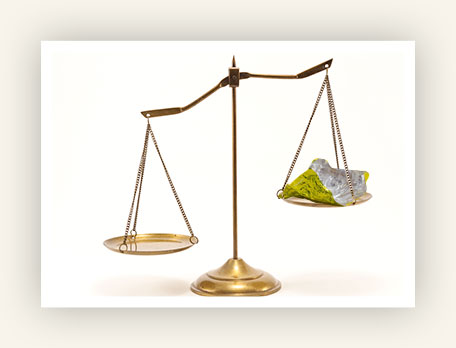Our leverage: packaging
In the food industry, the packaging segment has great potential for more environmental protection. We bank on reducing packaging, improving recyclability, and substituting plastic – without compromising on food safety.


The requirements for packaging
The requirements for packaging
Our product packaging must meet many requirements: It must ensure that sensitive products not only arrive intact at the supermarket and at home, but that they also offer unrestricted enjoyment throughout the entire minimum shelf life. This is in part a conflict of objectives: Making packaging more sustainable while avoiding food waste is a complex task.
Paper instead of plastic
Paper instead of plastic
For some of our products, we have already succeeded in replacing plastic packaging material with tear-resistant, wet-proof paper. This can be put in the paper garbage because it is recyclable. Example here are the vegan FRITT Minis, whose outer packaging has been switched from plastic to paper pouches.


Sustainable forestry
Sustainable forestry
We have already achieved a great deal in the paper- and wood-based packaging for our own brands and other private labels: with few exceptions, numerous primary, secondary, and tertiary packaging materials made of paper, cardboard, and cardboard packaging have been replaced with products from certified sustainable forest management.
Polypropylene instead of other plastics
Polypropylene instead of other plastics
Where plastics are currently still ideal for food and process safety, we use polypropylene, or PP for short, wherever possible. One example is the outer flow wrapper of the classic FRITT chewy strips. Good recycling plants can detect and sort PP. The PP waste plastic can then be used with low losses to produce plastic pellets. Because it is stable and flexible at the same time, we still use PET in part for some products. The recyclability of PET is excellent, as demonstrated by disposable beverage bottles. However, colored PET from recyclables collection is not currently recycled into universally usable granulates. That is why we are looking intensively for PET alternatives.


In progress: less packaging weight
In progress: less packaging weight
Lightweight packaging consumes less raw materials and energy during production and requires less energy for transport and recycling. That’s why we are also working to reduce the weight of packaging, including reduced film thicknesses for block chocolate flow wrappers or lighter wrappers for candy bars. This is a significant challenge because transportation and food safety are top priorities.






